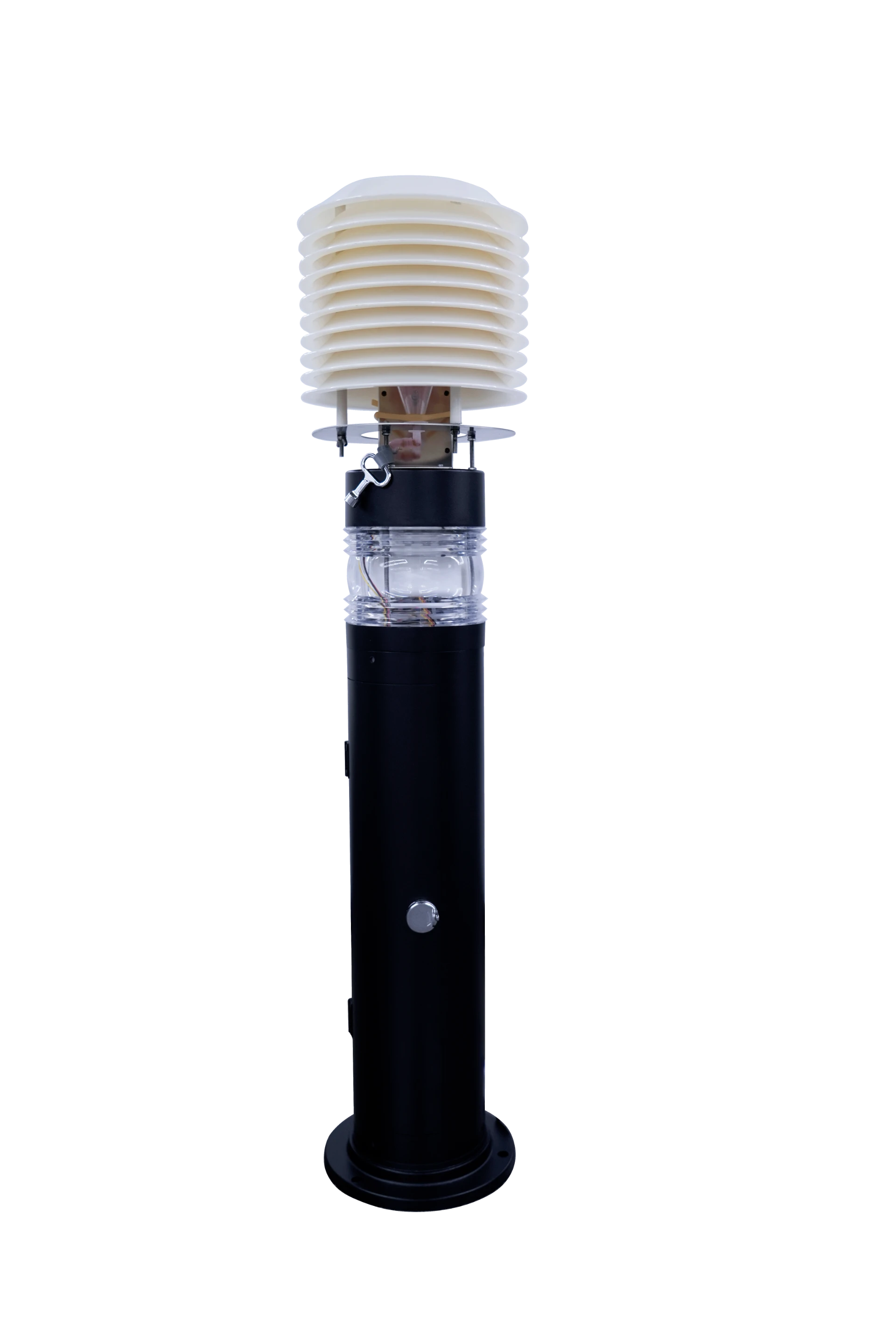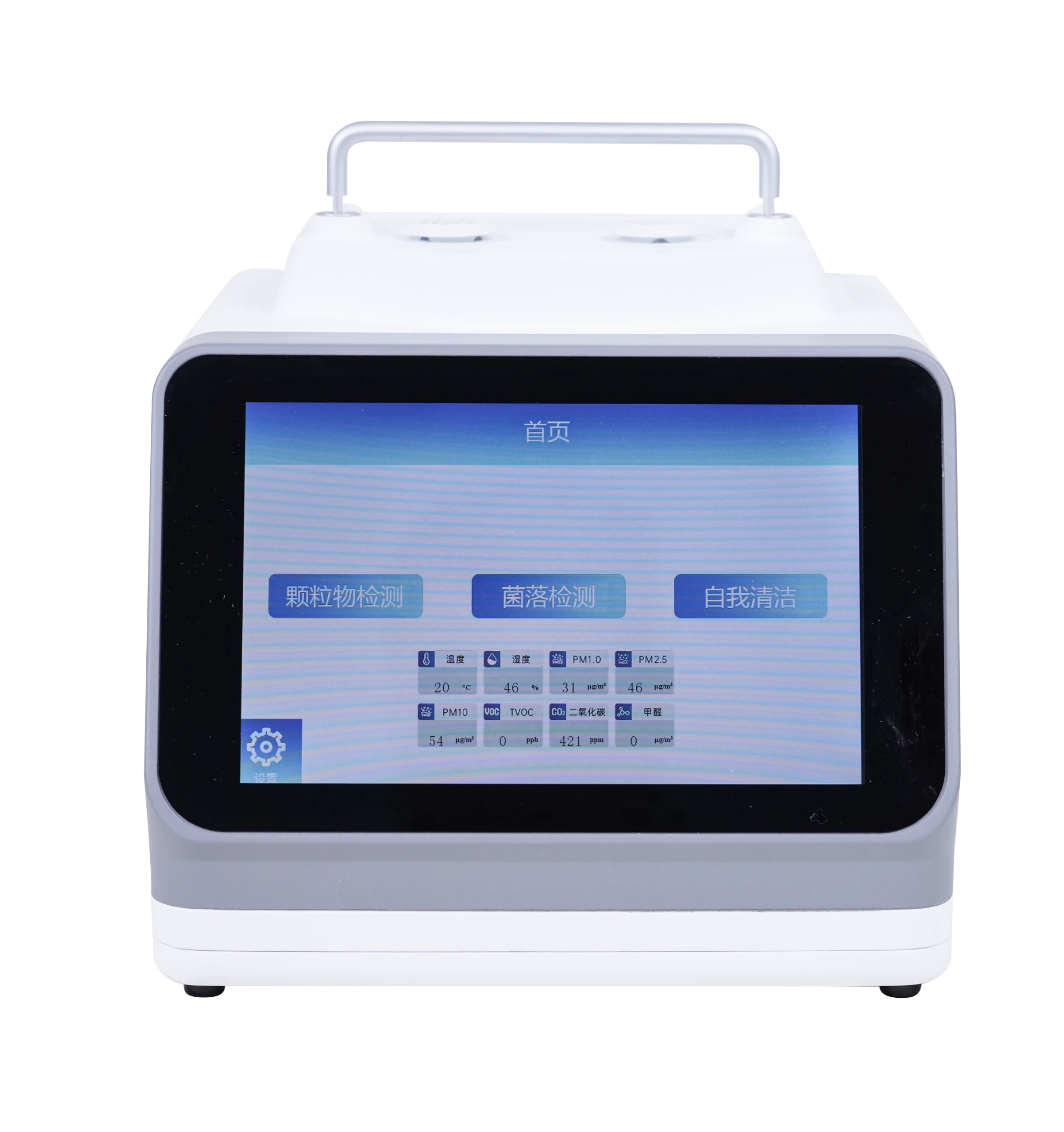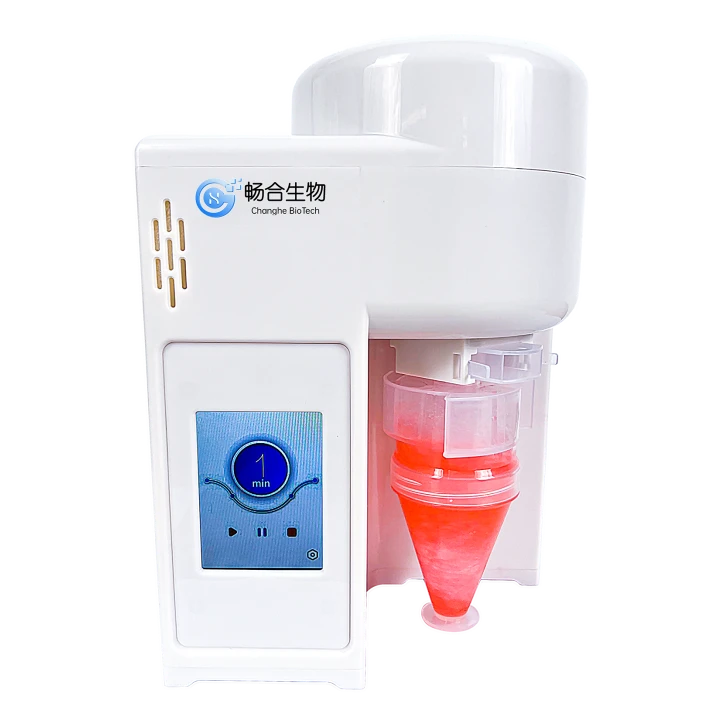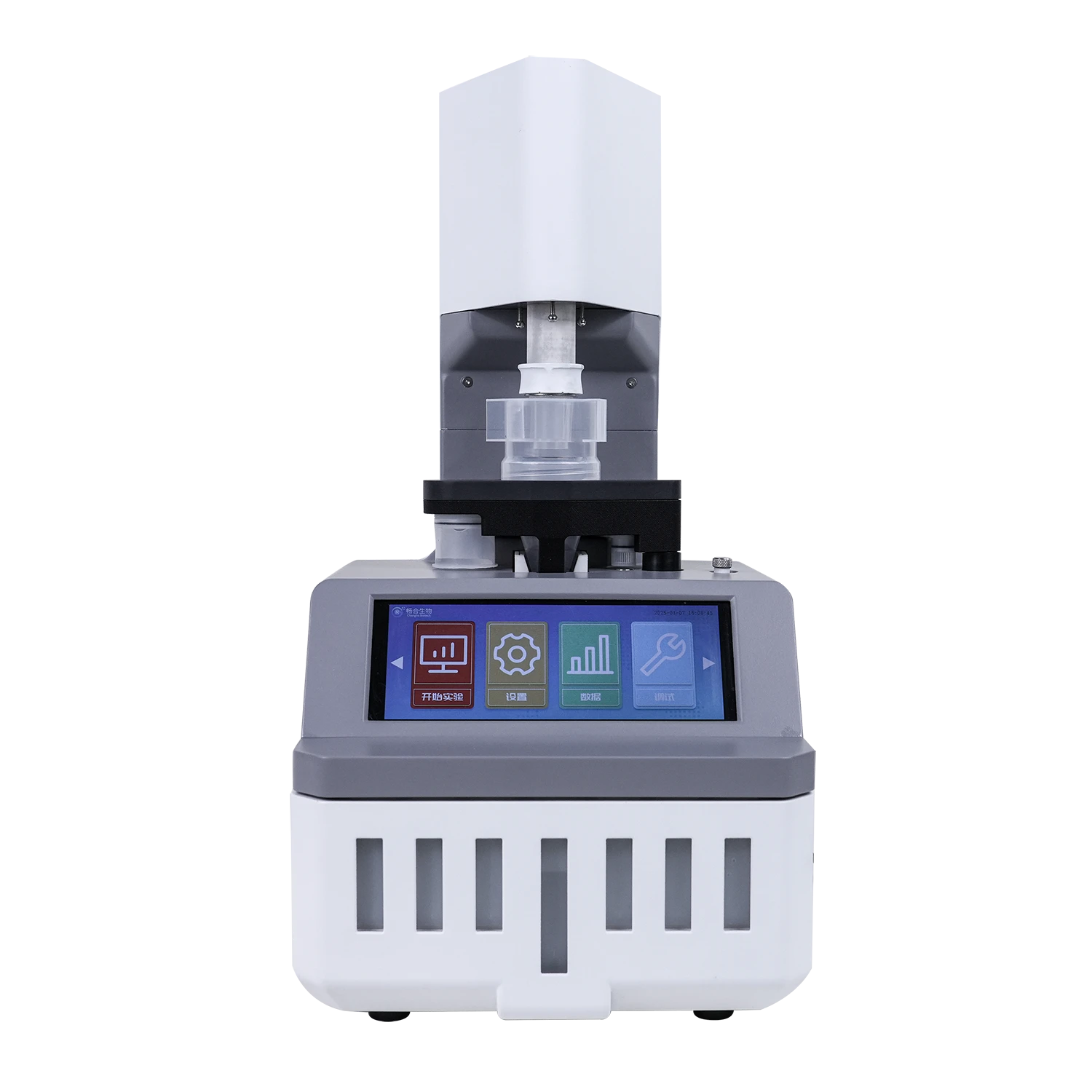
Accurate Air Sample Mold Test | AI-Powered Analysis
Industry Overview and Trends for Air Sample Mold Test
The global awareness of health threats associated with airborne mould and mildew contamination is driving the surge in demand for accurate air sample mold test systems. Recent reports by MarketsandMarkets predict that the air quality monitoring sector including mould testing equipment will exceed USD 6 billion by 2027 at a CAGR of 7.0%.
Advancements in mould detector device technology—such as real-time smart sensor integration, cloud-enabled data analytics, and enhanced particle discrimination—have redefined standard testing protocols, particularly in precision industries such as semiconductors, pharmaceuticals, petrochemical plants, and municipal water supply sectors. These sectors are adopting robust, ISO 16000-17, ANSI Z9.5, and FDA-compliant solutions for occupational safety and regulatory adherence.
- ↑ Increased frequency and severity of humidity-driven building issues
- ↑ Stringent international norms on indoor air quality and occupational health
- ↑ Adoption of real-time online monitoring for critical environments
What is an Air Sample Mold Test? Key Concepts & Testing Workflow
Air sample mold test refers to the process of collecting and analyzing airborne mold spores using specialized equipment such as mould detector devices and mould testing equipment, to assess contamination levels and identify the presence of hazardous fungi in environments. Modern methods emphasize non-intrusive, high-volume sampling and rapid laboratory confirmation via plating or PCR analysis, often used in critical containment, HVAC validation, and remediation verification.
Common Parameters Compared in Air Sample Mold Tests
| Parameter | Typical Range | Regulatory Reference |
|---|---|---|
| Sampling Volume | 50-1000 L/min | ISO 16000-17:2008 |
| Particle Size Detection | 0.5 – 15 µm | ANSI Z9.5-2012 |
| Limit of Detection | 1-10 CFU/m³ | FDA, EN 13098:2019 |
| Analysis Turnaround | 2 – 48 hours | Industry practice |
| Applicable Environments | Cleanroom, industrial, hospitals, offices | EPA, CDC |
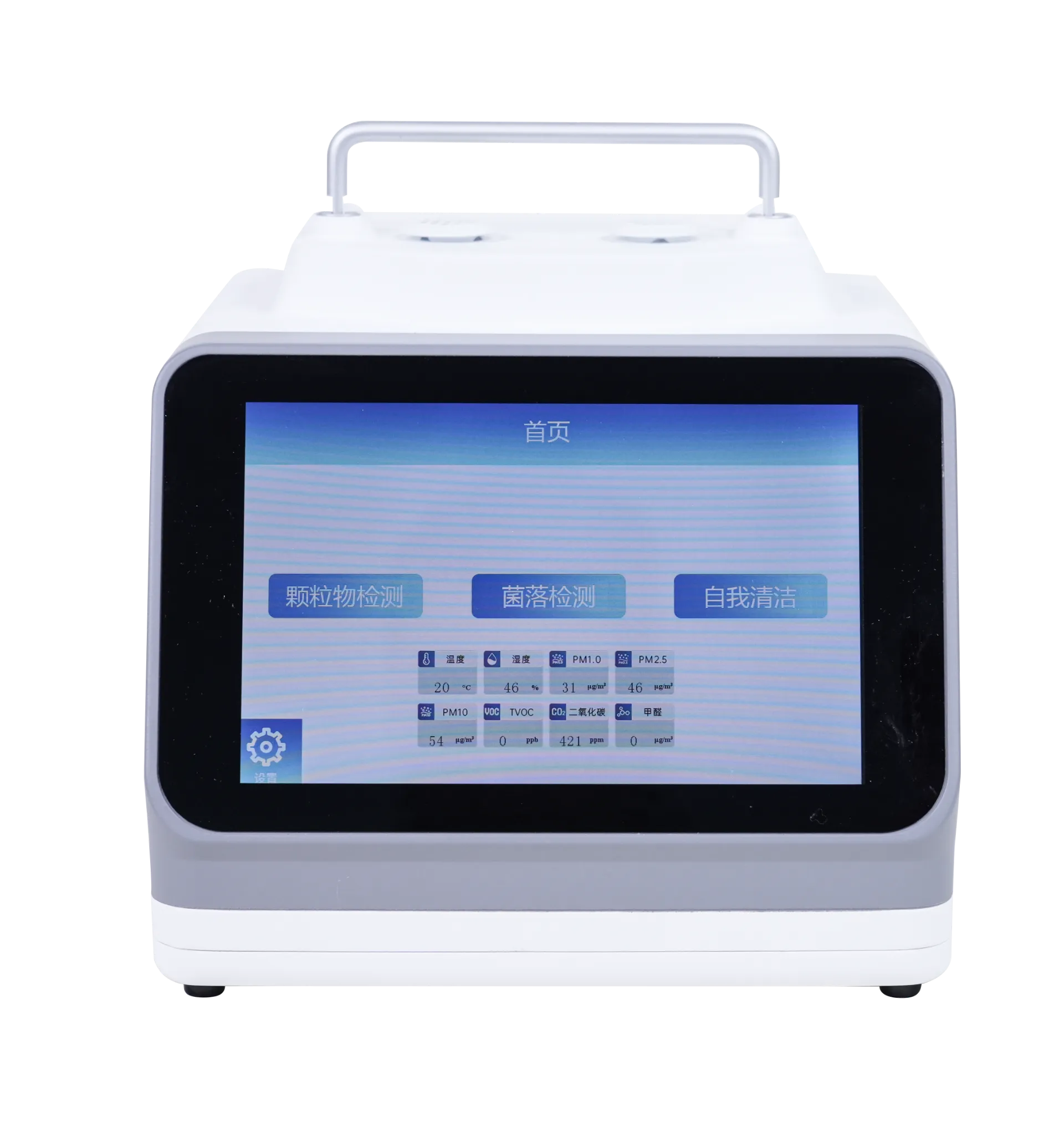
Bioaerosol Monitoring Device: A Benchmark in Modern Air Sample Mold Test Solutions
The Bioaerosol Monitoring Device (product details) is an advanced platform engineered for high-precision, rapid detection of airborne fungal spores—a critical need for robust air sample mold test applications. This device incorporates industry-leading technology, ensuring superior detection accuracy, exceptional flow-rate consistency, and reliable compatibility with common mould testing equipment consumables and protocols. Major technical strengths include:
- High-throughput single-button operation with automated sampling cycle
- CFD-optimized air path for uniform particle capture across the impaction grid
- Integrated self-calibration meeting ISO 16000-17 and EPA QA/G-1 standards
- Materials: Chemically resistant anodized aluminum, 316L stainless steel, impact-rated polycarbonate
- Ruggedized, quick-swap mold capture plates (petri, agar-strip, direct PCR swab compatible)
- Smart app-based data logging & wireless cloud reporting
Manufacturing Process Flow: Air Sample Mold Test Device Engineering
Precision engineering underpins robust air sample mold test equipment. The manufacturing lifecycle for the Bioaerosol Monitoring Device includes the following steps:
ISO-certified 316L SS, Aircraft-grade Al alloy sheets, Polycarbonate selection
5-axis CNC precision for casing, injection molding for polycarbonate internals
Robotic assembly lines, calibrated impaction grid mounting, electronic integration
Functional testing per ISO 16000-17, ANSI cleanroom standards, cycle durability tests
- Anti-corrosion coating (PPF) extends service life to > 5 years in harsh environments
- Seamless hermetic seals for increased sampling accuracy and cleanroom compatibility
- Conforms to ISO/IEC 17025 calibration for data integrity
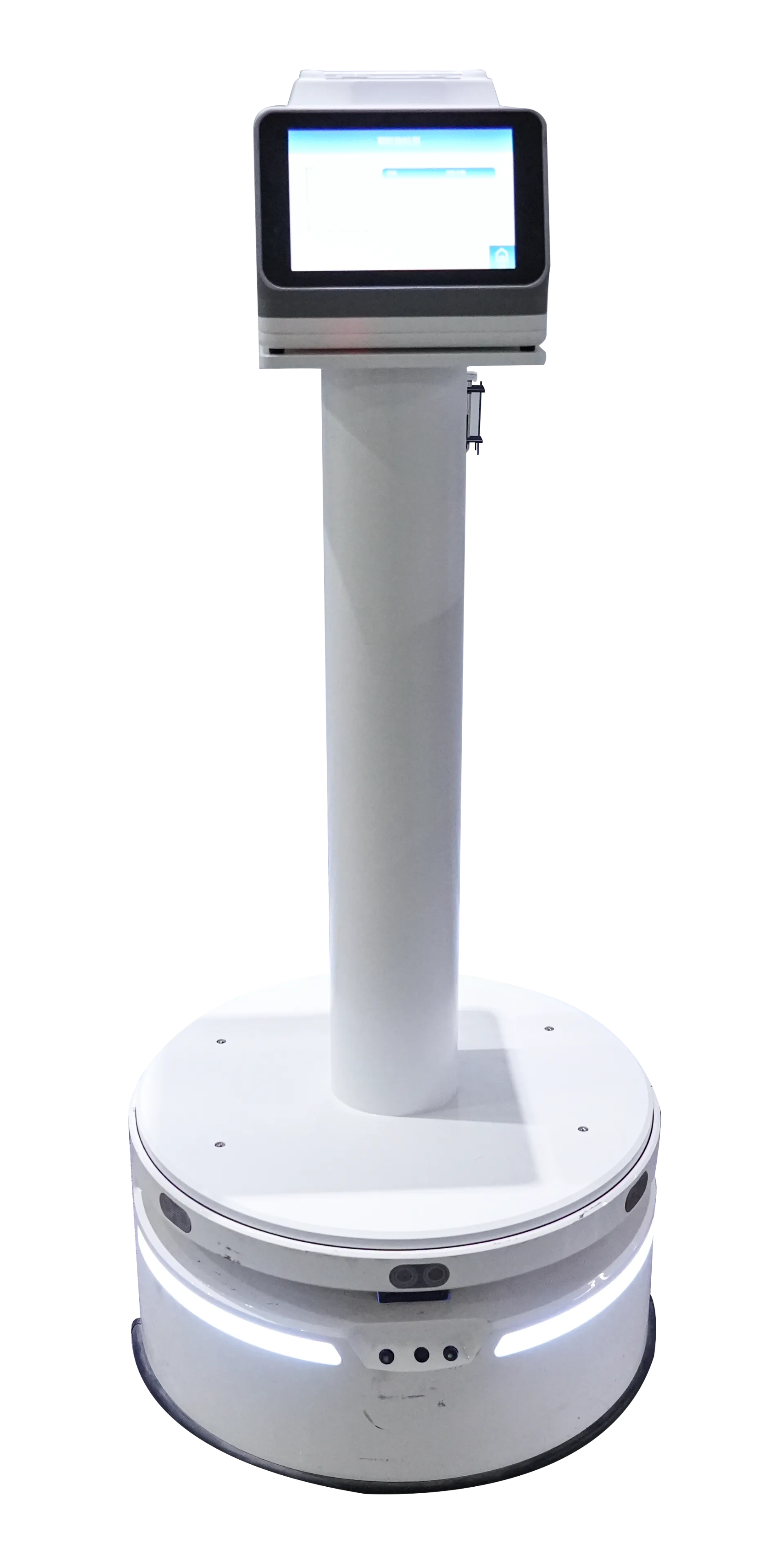
Technical Parameters & Product Comparison
When comparing mould detector device and general mould testing equipment, the Bioaerosol Monitoring Device stands out with its automation, precise detection limits, and advanced reporting features:
| Feature | Bioaerosol Monitoring Device | Traditional Impactor Sampler | Handheld Test Strip Device |
|---|---|---|---|
| Detection Limit (CFU/m³) | ≤ 1 | ≥ 10 | ~50 |
| Sampling Volume | 20 – 1200 L/min | 20 – 400 L/min | ≤ 20 L/min |
| Automated Data Logging | Yes (Cloud and Local) | No | No |
| Calibration Cert. | ISO 16000-17, NIST-traceable | Manual, Uncertified | None |
| Battery Life | 10 hrs (removable pack) | 4 hrs | ~2 hrs |
| App Integration | Full iOS/Android/PC | Limited (USB) | None |
| Service Life | 5 years+ | 2-3 years | ~1 year |
Application Scenarios and Competitive Advantages
- Petrochemical Industry: Ensures worker health and process safety by real-time air sample mold test in refineries, adhering to ISO and EPA standards.
- Municipal Water Treatment: Detects mold risks in water-pipe infrastructure, supporting EN 13098:2019 and NSF standards compliance.
- Metallurgy and Mining: Offers rugged, corrosion-resistant design sustaining ≥90% accuracy in high-dust and corrosive environments over 5 years.
- Cleanroom Pharmaceutical Manufacturing: Validates controlled environments per ISO 14644, supporting regulatory submissions to FDA/EMA.
- Educational & Commercial Building IAQ: Fast inspection of learning, hospital and office spaces for tenant safety and compliance.
- Ultra-low detection limit (≤1 CFU/m³) surpasses most competitors by a factor of 10
- Cloud-accredited traceability logs support regulatory audits
- One-button automated cycle & smart plate detection reduces labour error
- Multi-language app dashboard for global team deployment
- Wide working temperature/humidity range: -10°C ~ 50°C at up to 99% RH
Customization & Turnkey Solutions
We offer tailored OEM/ODM air sample mold test solutions for laboratories, field remediation teams and facility management, including:
- Custom branding and device casing to match facility aesthetics
- Integration with building management system (BMS) via Modbus/TCP/IP
- Specialized impaction stages for nanomold size fractions
- Bespoke software integration: API connectors to LIMS or ISO 17025 reporting formats
- 24-hour multi-lingual technical support and device onboarding
Application Case Studies & Verified Experience
- Location: Wuhan, China | Industry: Cleanroom Pharmaceutical
- Challenge: Regulatory upgrade for FDA-class 10000 production line
- Solution: Deployment of Bioaerosol Monitoring Device across eight HVAC zones, linking with Smart-EIA LIMS
- Result: Mold detection time for validation dropped from 30 hours to under 8 hours, zero deviation in 6 FDA audits
- Location: Germany | Industry: Water Distribution
- Challenge: Biofilm contamination risk alert; compliance with EN 13098
- Solution: Portable device setup at vulnerable junctions with daily real-time data upload
- Result: Early warning protocol implemented, observable 58% reduction in mold-related pipeline maintenance
- “The automated reporting features made compliance tracking nearly effortless.” (IAQ Officer, M+M Real Estate Group)
- “With Bioaerosol Device, our ISO/IEC 17025 audits went paperless and accuracy increased.” (QA Director, Biopure Labs)
- “Easy to deploy, reliable in damp industrial sites—best solution for mold mildew inspection.” (Site Engineer, Halcyon Mining)
All solutions are ISO 16000-17 verified and compliant with FDA, EN 13098:2019 and tested in labs accredited to ISO/IEC 17025. Reference partnerships include Bosch, China Everbright, Bayer, and municipal health departments.
Frequently Asked Questions (FAQ): Technical Terms Explained
- 1. What is the optimal material for mold sampling devices?
- 316L stainless steel or medical-grade anodized aluminum is recommended for high corrosion resistance and non-reactivity, meeting ISO 16000-17 standards.
- 2. What does “CFU/m³” mean?
- CFU/m³ stands for “Colony Forming Units per cubic meter”. It quantifies live, culturable mold spores per unit air volume—crucial for regulatory air safety.
- 3. What are typical device specifications for professional air sample mold test implementation?
- Professional units operate at 20–1200 L/min sampling rate, detect particles as small as 0.5µm, and integrate ISO/FDA-certified calibration modules.
- 4. What is an impaction grid?
- The impaction grid is a perforated filter that directs sampled air at agar media, physically separating particles by size for cultured analysis.
- 5. Why is ISO/IEC 17025 certification important?
- It ensures full traceability, data accuracy, and internationally recognized quality assurance for all mould testing equipment.
- 6. How often must a mould detector device be calibrated?
- Industry best practice is annual calibration or post-heavy-use intervals. Devices like the Bioaerosol Monitoring Device feature internal self-calibration for continuous accuracy.
- 7. Can the device be used for both indoor and outdoor mold mildew inspection?
- Yes, modern units have wide temperature/humidity tolerances and are designed for both IAQ building testing and open-site environmental investigations.
Project Delivery, Warranty & Support
- Standard Lead Time: 14–21 days after order confirmation (OEM orders +7–10 days)
- Warranty: 24 months, extendable to 48 months with professional plan
- Customer Support: 24/7 multilingual remote and on-site options; certified installation & commissioning included
- Documentation: Full batch traceability, digital manuals, training webinars, and ISO/FDA compliance packs
- After Sales: Zero-downtime replacement guarantee in case of critical malfunction within warranty
Access product specifications, datasheets, and technical support for the Bioaerosol Monitoring Device at this link. For expanded insights into air sample mold test industry development and best practices, visit the IAQ Forum or the peer-reviewed journal Building and Environment.
-
Accurate Air Sample Mold Test | Mould Detector DeviceNewsAug.06,2025
-
AI Air Sampling Bacteria Detection Kit | Accurate & FastNewsAug.01,2025
-
High-Accuracy PCR Panel for Cats – Fast Diagnosis & Reliable ResultsNewsJul.30,2025
-
Advanced Bioaerosol Detection for Accurate Air and Mold TestingNewsJul.30,2025
-
PCR Panel for Cats - Accurate Feline Diagnostics SolutionsNewsJul.29,2025

